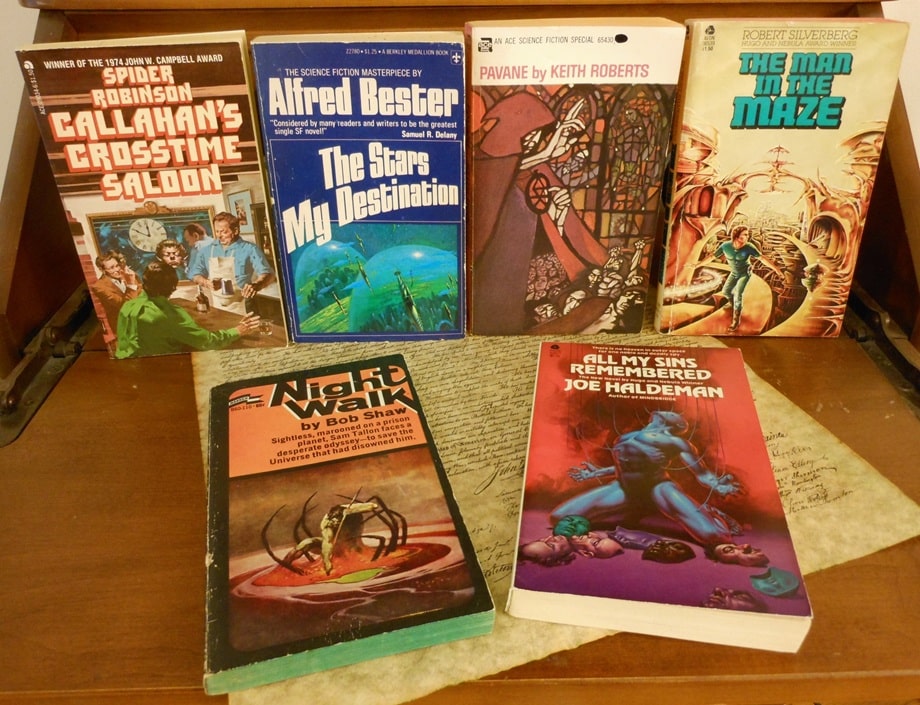The Bio of a Fantasy Giant: To Leave a Warrior Behind: The Life and Stories of Charles R. Saunders, the Man Who Rewrote Fantasy, by Jon Tattrie

Charles Saunders, the Father of Sword & Soul, was one of the most talented and beloved heroic fantasy writers of the last fifty years. That he died unknown, and was buried in an unmarked grave in Nova Scotia in June 2020, is one of the great tragedies of our genre.
The thing about great writers is that they don’t stay buried. When the news of Charles’ untimely death began to spread, it was met with an outpouring of grief and heartfelt tributes. David C. Smith wrote the touching memorial Charles, My Friend in December 2020, and Michael de Adder produced a superb comic strip bio for the Washington Post three years after his death. Greg Mele wrote Black Gate‘s obituary, and Seth Lindberg crafted a detailed survey of his most famous work in the Imaro Series Tour Guide. And a year after Charles’s death, Jon Tattrie raised $17,000 to erect a gravestone to mark his grave.
Now comes word of a more enduring tribute, and one that I hope will help the world understand and appreciate Charles’ remarkable legacy. Jon Tattrie, who worked alongside Charles for two years at the Halifax Daily News, has written To Leave a Warrior Behind: The Life and Stories of Charles R. Saunders, the Man Who Rewrote Fantasy, which will be released in hardcover next month from McClelland & Stewart.













